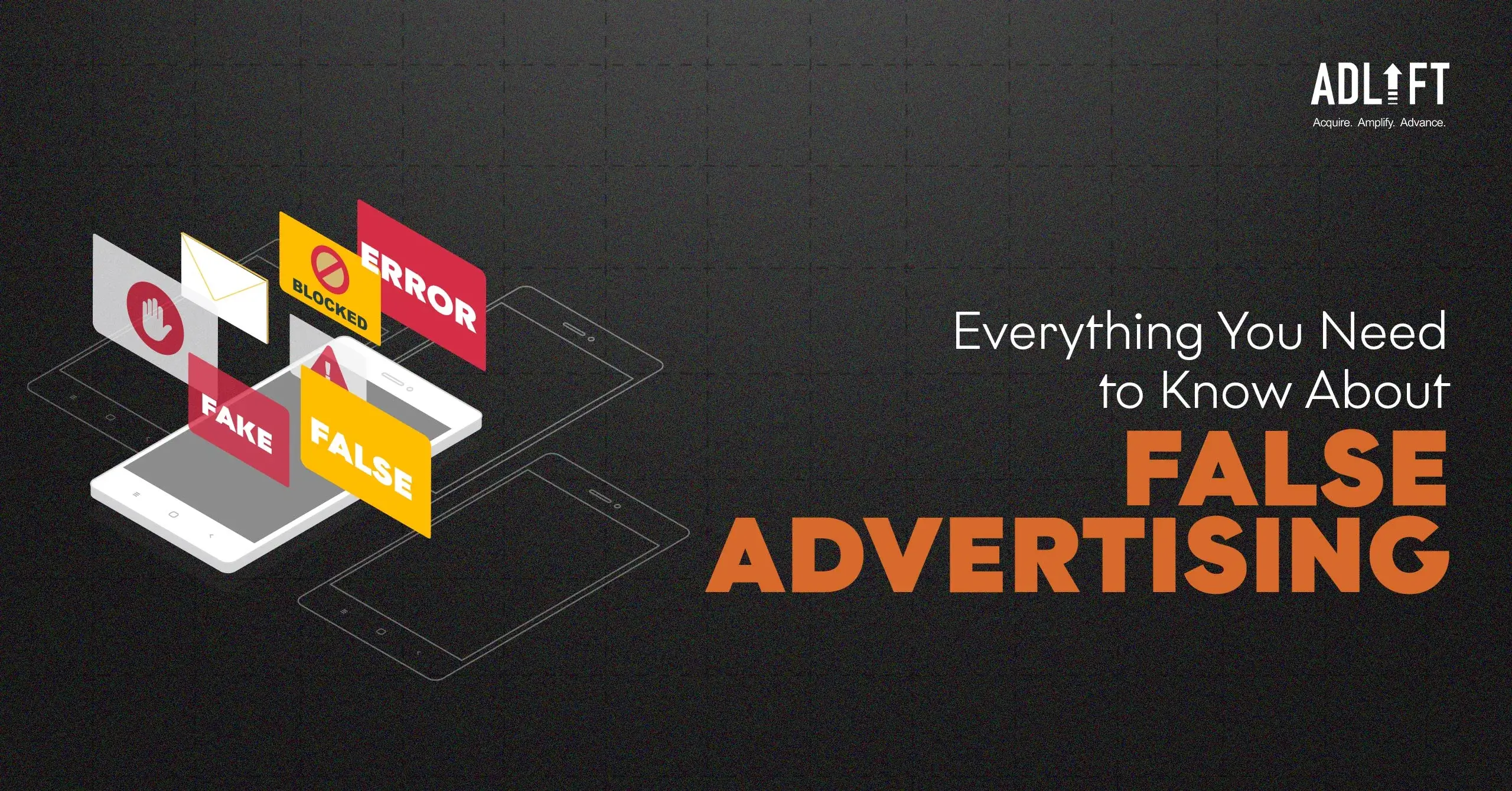Repercussions of False Advertising: What Companies Need to Know

‘Made from Real Oranges,’ ‘Just the Nutrition, your Child, Needs,’ and ‘100% Natural’ – captions like these on products often goad us towards adding them to our cart. Why? Because we trust what the brand is telling us! But a closer look at the fine print tells us a completely different story. You may just find 5% ‘real orange pulp in your juice, 80% sugar in your child’s milk mix, and no definition of what ‘natural’ means in the cream you buy! These are perfect examples of false claims and advertising brands resort to for those much-needed sales.
We get it; grabbing someone’s attention is more challenging than ever today. There are multiple competitors all vying for their consumer’s attention. This is when brands use creative tricks or even shortcuts to get noticed. But the winds are changing slowly. Consumers are becoming more discerning, and activists and influencers are going out of their way to educate people about what they are consuming.
